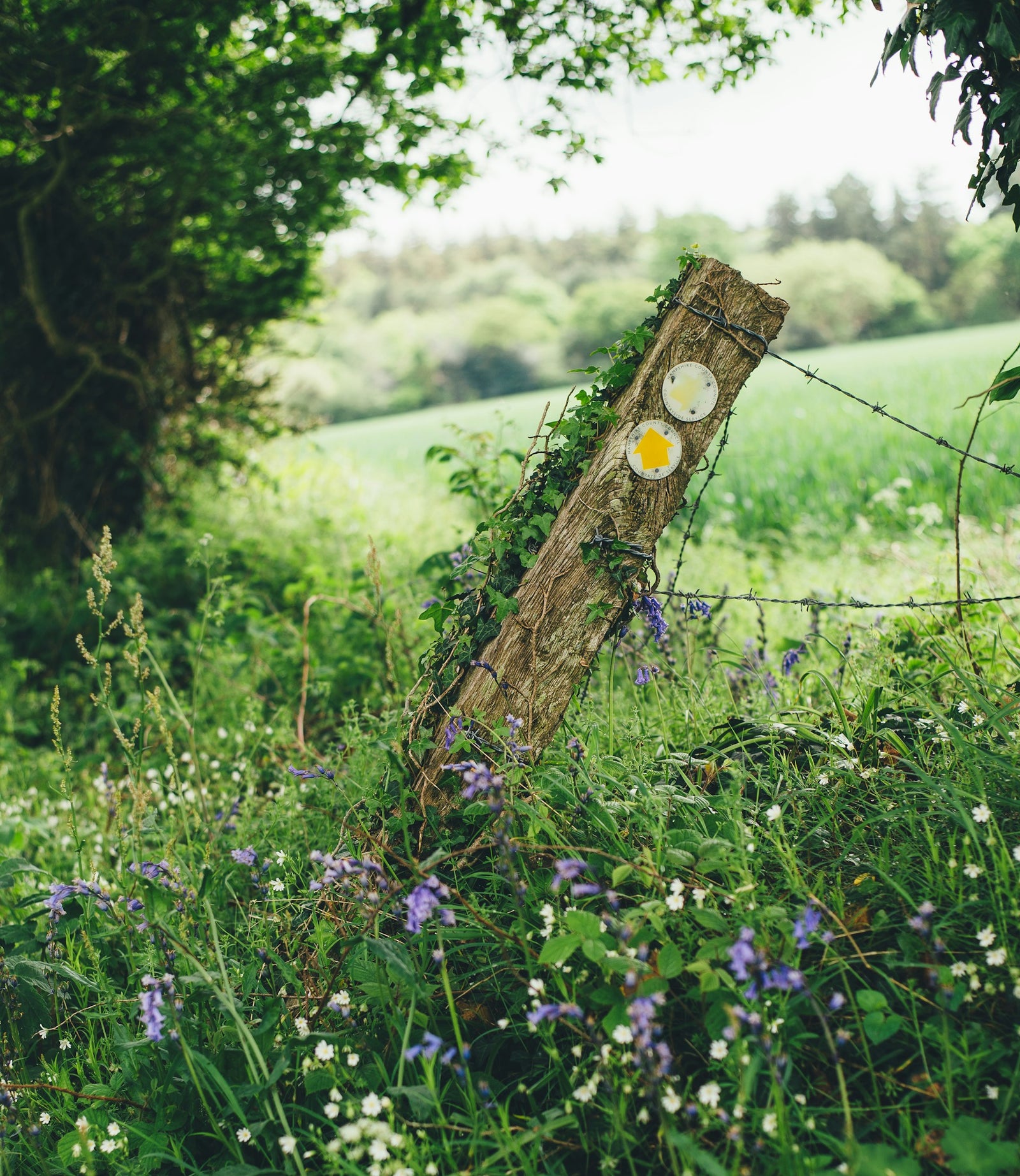The great outdoors is a place for everyone: somewhere we can go to relax, heal, explore, escape and breathe whilst we appreciate the world around us. It offers a wild, rural reprieve from our hectic lives, representing freedom and adventure for many. We believe everyone should have access to the outdoors; and that it should be protected and maintained for future generations to enjoy. We trust our Fabsil customers to treat the outdoors with respect but how well do you know the Countryside Code? We’re all aware that the number one rule of being outdoors is to not litter; it goes without saying, don’t be that person! But there are so many more helpful guides and tips to ensure your outdoor explorations are as sustainable as possible. When we welcome guests into our home, we expect them to follow certain rules of etiquette, so why should being outdoors be any different? It works in the same way, except we’re the visitors and we should be considerate of all the wildlife that calls the outdoors their home.

Leave no Trace
In the outdoors industry, littering is a cardinal sin. Even biodegradable packaging or discarded fruit skins, like orange or banana peels, can take a toll on the environment, taking a few years to decompose. But that isn’t the only way we can leave our mark; sometimes, it can be inadvertent, but it’s essential to do everything possible to ensure we leave the environment just as we found it. This includes sticking to the paths and trails that are already forged and keeping dogs on a lead. By doing this, there’ll be minimal wildlife disturbance, especially species that live on or underground, such as certain ground-nesting birds, like skylarks and lapwings. Also, take care not to interfere with rocks and plants as you journey through the countryside. Naked flames and cigarettes can easily start fires during hot, dry weather and BBQs should only be used in permitted areas. Once you’ve enjoyed your little BBQ feast, ensure it is properly put out and dispose of the ashes responsibly. Small sparks can be absolutely devastating to wildlife and habitats, blighting the environment and posing a risk to human life, too. Certain campsites and areas may permit BBQs and campfires, but you must do your research before you light that match.

Consideration of Others
When adventuring in the outdoors, you won’t be alone. You’ll most probably bump into others who are there for the same reason as you: to enjoy the splendour of the outdoors. You will also meet wildlife and livestock along the way. The outdoors is a place where a lot of people come to unwind and enjoy themselves, so it’s important to be courteous of others and share the space: cyclists should give way to walkers and horse-riders on bridle paths, dogs should be kept on a lead and livestock should be allowed to cross roads and paths without interference. If you access the outdoors via a car, ensure your vehicle doesn’t block pathways, access points or driveways. We must remember that locals (both human and animal) live in these outdoor spaces and we must take care to be considerate of property and habitats.
Enjoy Yourself
Last but not least, you should let loose and enjoy yourself! The outdoors is there to help you escape and have some fun. It’s also important to remember that these are often wild and remote places, so, when on a solo trip, it’s best to make sure that you know your route and you are suitably prepared with the correct clothing, footwear and gear. An integral part of staying safe is knowing and understanding local signs and symbols. Different-coloured arrows indicate different rights of way and who can use them:
- Yellow = footpath for walkers and mobility aid users
- Blue = bridleway for walkers, mobility aid users, cyclists and horse-riders
- Purple = restricted byway for walkers, mobility aid users, cyclists, horse-riders and horse-drawn vehicles only
- Red = byway open to all traffic, including motorised vehicles
To check out the rest of the symbols, head over to the signs and symbols section of the Countryside Code.
Essentially, all you really need to do is remember these three rules: respect everyone, protect the environment and enjoy the outdoors. For further information on the Countryside Code, check out the official website: The Countryside Code - National Trails.

